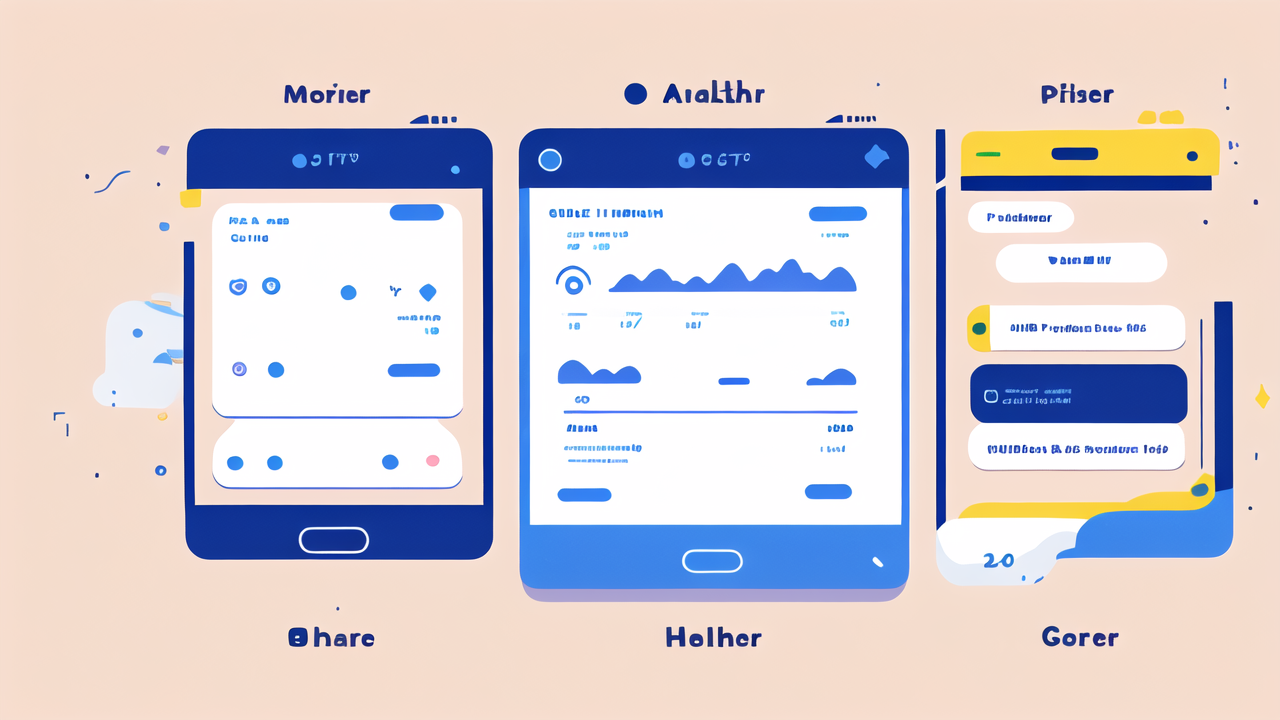The Rise of Activity Trackers: Changing Consumer Behavior in the United States
Exploring the Shift in Wellness and Fitness Focus
The US has seen a big change in how people view health and fitness. More folks are now keen on tracking their daily activity. This shift has made activity trackers very popular. These devices help users keep an eye on their steps, calories, and sleep patterns.

People are more health-conscious now. They want to take charge of their well-being. Activity trackers give them the tools to do just that. Users can set goals and track their progress easily. This has led to a surge in demand for these wearable devices.
The ease of use is another factor driving this trend. Most trackers are simple to set up and use. They provide clear, easy-to-understand data. This makes it simple for anyone to start their fitness journey.
The Role of Mobile Applications in Driving Adoption
Mobile apps play a big part in the success of activity trackers. These apps act as a bridge between the device and the user. They turn raw data into useful insights. This makes the tracker's data more valuable to users.
Many tracker apps offer features like goal setting and progress tracking. They also provide tips and motivation. Some even have social features. Users can share their achievements or compete with friends. This adds a fun, social aspect to fitness.
The integration with smartphones makes trackers more useful. Users can get notifications and see their stats on the go. This constant connection keeps users engaged with their fitness goals. It's a key reason why many stick with their trackers long-term.
Impact of Social Media on Wearable Technology Trends
Social media has given activity trackers a big boost. People love to share their fitness journey online. They post about their workouts, steps, and achievements. This creates a ripple effect, inspiring others to join in.
Many trackers have built-in sharing features. Users can post their stats directly to platforms like Facebook or Instagram. This visibility has turned activity trackers into a lifestyle statement. It's not just about health, but also about being part of a community.
Influencers and celebrities also play a role. When they post about their favorite trackers, it drives interest. Their endorsements can sway consumer choices. This has helped certain brands gain an edge in the market.
Technological Advancements in Activity Trackers
Innovations in Sensor Technology
Sensor tech is the heart of activity trackers. Over time, these sensors have become more accurate and diverse. Early trackers mainly counted steps. Now, they can measure heart rate, blood oxygen, and even stress levels.

New sensors allow for more detailed health monitoring. Some trackers can now detect irregular heartbeats. Others can measure skin temperature. These features blur the line between fitness devices and medical tools.
The accuracy of these sensors has also improved. This makes the data more reliable and useful. Users can now make better decisions about their health and fitness. It's one of the main reasons why people choose to upgrade their trackers.
Integration of GPS and Mapping Features
GPS integration has been a game-changer for activity trackers. It allows for precise tracking of outdoor activities. Runners and cyclists can map their routes and analyze their performance. This feature has made trackers popular among serious athletes.
Many trackers now offer real-time pace and distance info. This helps users optimize their workouts. Some even provide navigation features. This is useful for hikers or those exploring new areas.
The mapping data also adds context to workout stats. Users can see how terrain affects their performance. They can track their progress over time on specific routes. This depth of data is very appealing to fitness enthusiasts.
Battery Life and Design Evolution
Battery life has been a key focus for tracker makers. Early models needed frequent charging. This was a pain point for many users. Now, some trackers can last weeks on a single charge. This improvement has made trackers more convenient for daily wear.
The design of trackers has also come a long way. Early models were bulky and plain. Now, they come in sleek, fashionable designs. Many look just like regular watches. This has helped broaden their appeal beyond just fitness buffs.
Water resistance is another area of improvement. Many trackers are now swim-proof. This allows for tracking of water-based activities. It also means users don't have to worry about damage from sweat or rain.
Market Dynamics: The Competitive Landscape of Activity Trackers
Leading Brands and Their Market Strategies
The activity tracker market is dominated by a few key players. Brands like Fitbit, Apple, and Garmin lead the pack. Each has its own strategy to stand out. Fitbit focuses on user-friendly devices with long battery life. Apple integrates trackers into its broader ecosystem. Garmin targets serious athletes with advanced features.

These brands compete on features, design, and price. They also try to create loyal user bases. Many offer premium services or challenges to keep users engaged. This helps them retain customers and encourage upgrades.
Partnerships are another key strategy. Many brands team up with health insurers or corporate wellness programs. This helps them reach more customers and add value to their offerings.
Consumer Preferences and Demand Analysis
Consumer needs in the tracker market are diverse. Some want simple step counters. Others need advanced health monitoring. Price is a big factor for many buyers. But some are willing to pay more for premium features.
Ease of use is crucial for most consumers. They want devices that are simple to set up and understand. Battery life is another key consideration. Many prefer trackers that don't need daily charging.
Style is becoming more important. Many users want trackers that look good with different outfits. This has led to more diverse design options. Some brands even offer customizable faces or bands.
Future Outlook: What's Next for Activity Trackers?
The future of activity trackers looks bright. The market is expected to keep growing. New features are likely to focus on health monitoring. We might see trackers that can measure blood sugar or blood pressure.
AI and machine learning will play a bigger role. These technologies can provide more personalized insights. They might offer tailored workout plans or health recommendations.
Integration with other smart devices is another trend to watch. Trackers might connect with smart home systems or cars. This could create a more seamless health monitoring experience. As tech advances, activity trackers will likely become even more central to our daily lives.




Leave a comment
This site is protected by hCaptcha and the hCaptcha Privacy Policy and Terms of Service apply.